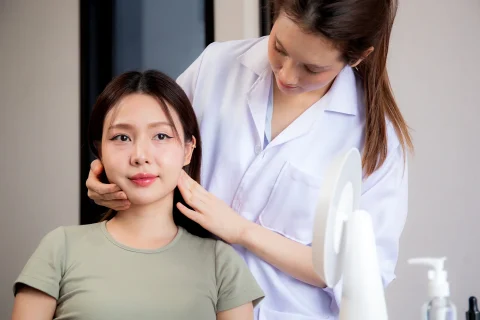Non-invasive lip fillers refer to procedures and products that aim to plump and volumize lips without injections or surgery. They are appealing because they skip needles, anesthesia, and downtime associated with traditional lip fillers. However, non-invasive options have limitations in safety, effectiveness, and longevity of results.
Traditional lip fillers like Juvederm and Restylane are dermal filler injections administered by licensed providers. They skillfully inject hyaluronic acid fillers into the lips and around the mouth using small needles. This immediately plumps the lips, with results lasting 6-12 months. Though invasive, lip injections are predictable when properly done.
Non-invasive methods try achieving similar effects without injections. But most cannot match the dramatic yet natural-looking results from real fillers. Traditional lip fillers remain the gold standard for significantly enhancing lip volume and shape.
What Are the Common Types of Non-Invasive Lip Filler Procedures?
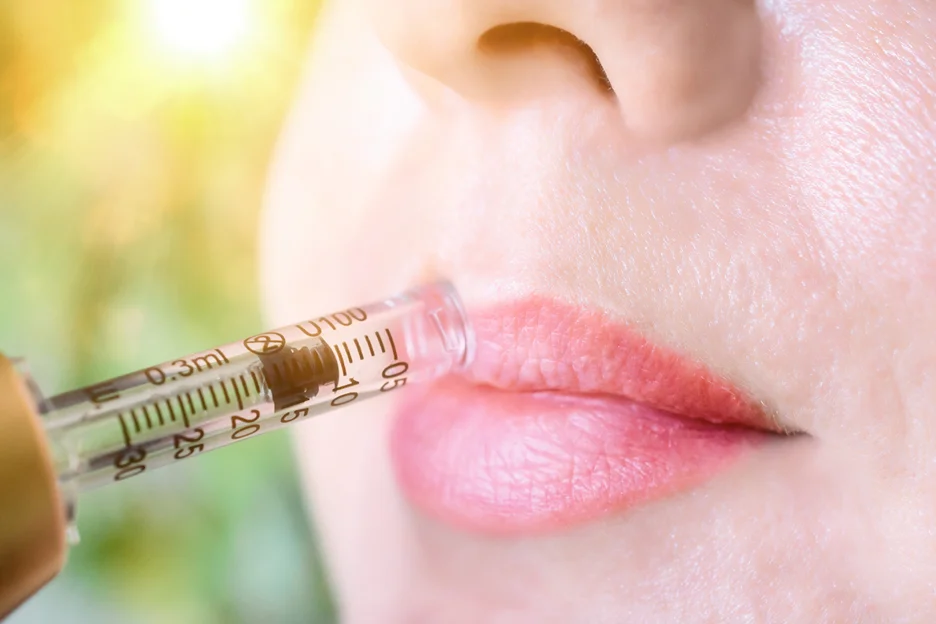
Non-invasive lip “fillers” use different techniques to plump lips without needles:
Hyaluron Pens
Hyaluron pens have a small roller ball that glides over the lips, supposedly helping product penetrate. But uneven pressure can drive inconsistent amounts of product into the skin. Results are temporary.
Lip Plumping Devices
These devices use suction, massage, heat, or light therapy to boost blood circulation. This temporarily swells lips. Effects are very short-lived.
Topical Treatments
Products like lip plumping glosses and masks contain irritants that cause slight swelling. They temporarily make lips appear fuller. Subtle, non-dramatic results.
Injectable Fillers (without needles)
Some non-invasive methods use rollers or micro-channels to deliver HA filler into the lips without injections. However, product delivery is imprecise. Results don’t match real injections.
While these options skip needles, they don’t truly “fill” the lips with long-lasting volume like injectable fillers. The plumping effects are mild and temporary at best.
Why Are Hyaluron Pens Not Recommended for Lip Filler Treatments?
Hyaluron pens are popular gadgets claiming to enhance lips without needles. However, experts strongly advise against using hyaluron pens for DIY lip fillers. There are safer, more effective options. Here’s why hyaluron pens fall short:
- Inaccurate Dosage: The pens cannot precisely control product amounts delivered into the lips. Too little product won’t plump sufficiently, while too much can cause damage.
- Uneven Results: Manually gliding a pen across the lips creates uneven distribution. One area may get too much product while another gets too little.
- Infection Risks: Without sterile needles placed precisely into desired areas, infection risks increase. The roller ball and lip skin aren’t properly disinfected.
- No numbing: Pen use can be painful without lidocaine numbing that comes with proper lip injections. This causes unnecessary discomfort.
- No professional expertise: With pens, the user controls product placement based on limited training. Only licensed providers have the skill and knowledge for safe, optimal results.
- Potential long-term damage: Improper product amounts and placement can lead to lumpiness, asymmetry, and hardened areas long-term. This leads to uneven, abnormal-looking lips.
For significant yet natural-looking lip enhancement, trust properly administered dermal filler injections, not unpredictable hyaluron pens.
Are Non-Invasive Lip Fillers Effective Compared to Traditional Fillers?
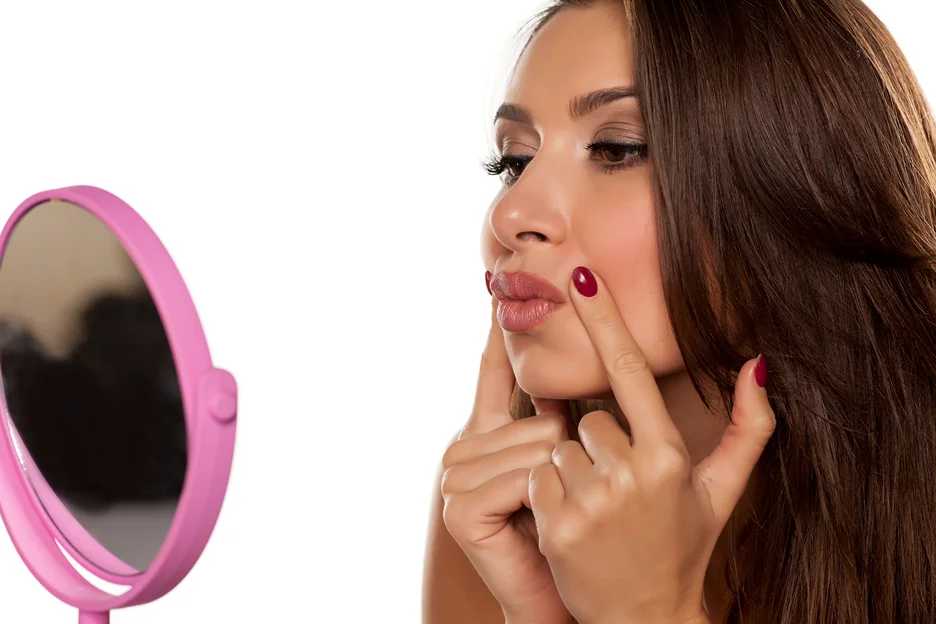
Non-invasive methods may provide subtle temporary effects, but traditional lip injections remain far superior for dramatic volumizing and shaping. Here’s how the results compare:
- Degree of plumping: Injectable fillers increase lip volume 70-100% or more. Non-invasive options only plump 10-20% in comparison.
- Fullness and definition: Fillers accentuate the lip’s shape and lines for full, smooth curves. Non-invasive methods don’t dramatically alter shape or add defined borders.
- Evenness and symmetry: Precisely placed injections keep the lips symmetrical. DIY methods often lead to unevenness.
- Longevity: Injectable fillers last 6-12 months. Non-invasive procedures must be repeated every few days for upkeep since effects are temporary.
- Natural look: Properly injected filler appears smooth and natural. Some non-invasive techniques make the lips appear “inflated” temporarily before subsiding.
- Range of enhancements: Thinning lips and lip lines can be treated with fillers. Most non-invasive options only temporarily plump, not address other concerns.
For significant lip enhancement that looks and feels natural, traditional injectable fillers delivered by experienced aesthetic professionals remain the gold standard.
What Are the Safety Concerns With Non-Invasive Lip Filler Procedures?
Unlike doctor-administered fillers, many non-invasive lip plumping options aren’t well-tested or regulated for safety. Beware of these risks:
- Minimal safety testing: Manufacturers haven’t rigorously tested some non-invasive products and devices for safety and side effects. Effects on lips long-term are unknown.
- No approval or regulation: The FDA doesn’t approve or regulate non-injectable lip products meant for cosmetic enhancement. Quality isn’t ensured.
- Infections: Unsterile application of topical products and use of rollers/pens may introduce bacteria and cause infections like cold sores.
- Allergic reactions: Certain lip products contain potential irritants and allergens that may provoke rashes, itching, swelling, and other reactions.
- Scarring and lumpiness: Improper product amounts and technique can damage lip tissue, causing scarring or lumpiness that requires corrective treatment.
- Nerve damage or numbness: Some “injectable” techniques using rollers or micro-needles risk damaging nerves, causing loss of lip sensation.
Without oversight and the expertise of licensed aesthetic professionals, the risks and unknowns increase substantially. Speak to your provider about safer options.
Why is Traditional Lip Filler a Better Option?
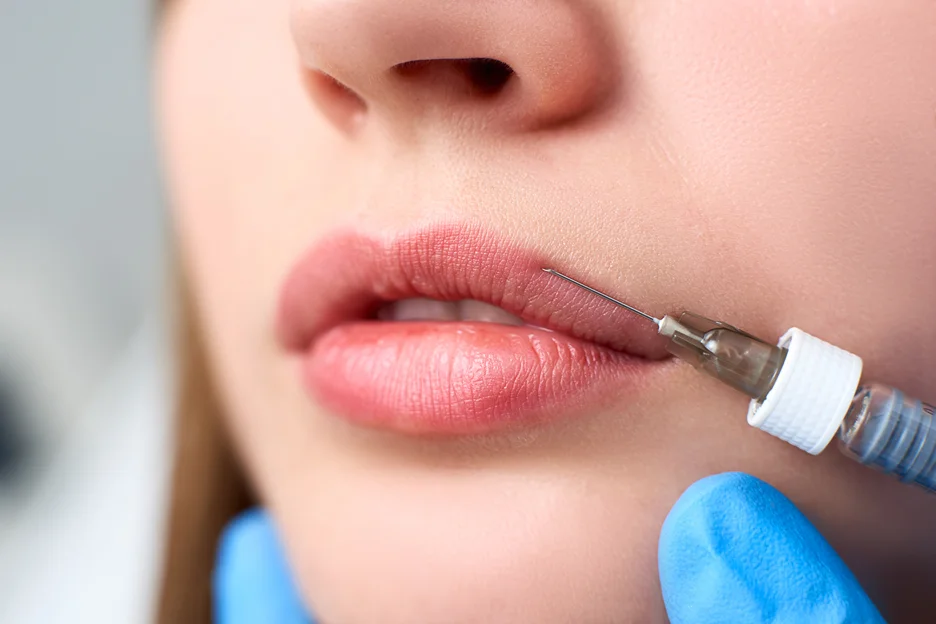
Skillfully injected lip fillers enhance the lips safely and dramatically better than any non-invasive option. Here’s why proper injections are recommended:
- Precisely controllable: The professional provider can administer the ideal filler amount and strategically place it for your desired shape using needles.
- Even with smooth results: Careful injection technique ensures even distribution for smooth, symmetrical, natural-looking fullness.
- Adjustable: Providers can tweak the results by adding more product or dissolving excess filler to prevent any unrealistic effect.
- Long-lasting: With reputable injectable fillers like Juvederm, Restylane, and others, improved lip volume and shape lasts 6-12 months.
- Minimal downtime: Any swelling subsides after a few days. There is little disruption to regular activities.
- Non-surgical: No general anesthesia or recovery from invasive procedures is necessary. Office visits are quick.
- Greater safety: Reputable fillers are rigorously tested. Licensed providers properly sterilize and numb the area first before carefully injecting.
If your goal is significantly fuller, more accentuated lips, traditional dermal filler injections administered by a trained aesthetic professional give the most dramatic yet natural-looking results that can be maintained long-term.
What Should You Consider Before Choosing Any Lip Filler Procedure?
The best lip enhancement for you depends on your aesthetic goals, tolerance for procedures, and desired level of enhancement. Consider these factors:
- Your personal goals: Do you want to softly accentuate your lips or significantly boost volume? Certain methods work better for subtle or dramatic effects.
- Your pain tolerance: Are you comfortable with injections if numbed? If not, non-invasive or topical options may suit you better.
- Your budget: Non-invasive options are initially cheaper but require repeated purchases for upkeep. Quality fillers last longer per treatment.
- Realistic expectations: Understand each method’s limitations. Consult providers to determine what is safely achievable for the results you want.
- Provider expertise: Well-trained aesthetic professionals know how to safely deliver quality dermal fillers at proper amounts and locations to meet your goals.
- Looking and feeling natural: The best enhancements don’t look “overdone” or feel stiff or artificial. Prioritize subtlety and natural movement.
A consultation with an experienced, licensed aesthetic provider is the best way to understand all your options. Together you can develop an effective lip enhancement plan tailored for you.
Key Takeaways on Lip Fillers
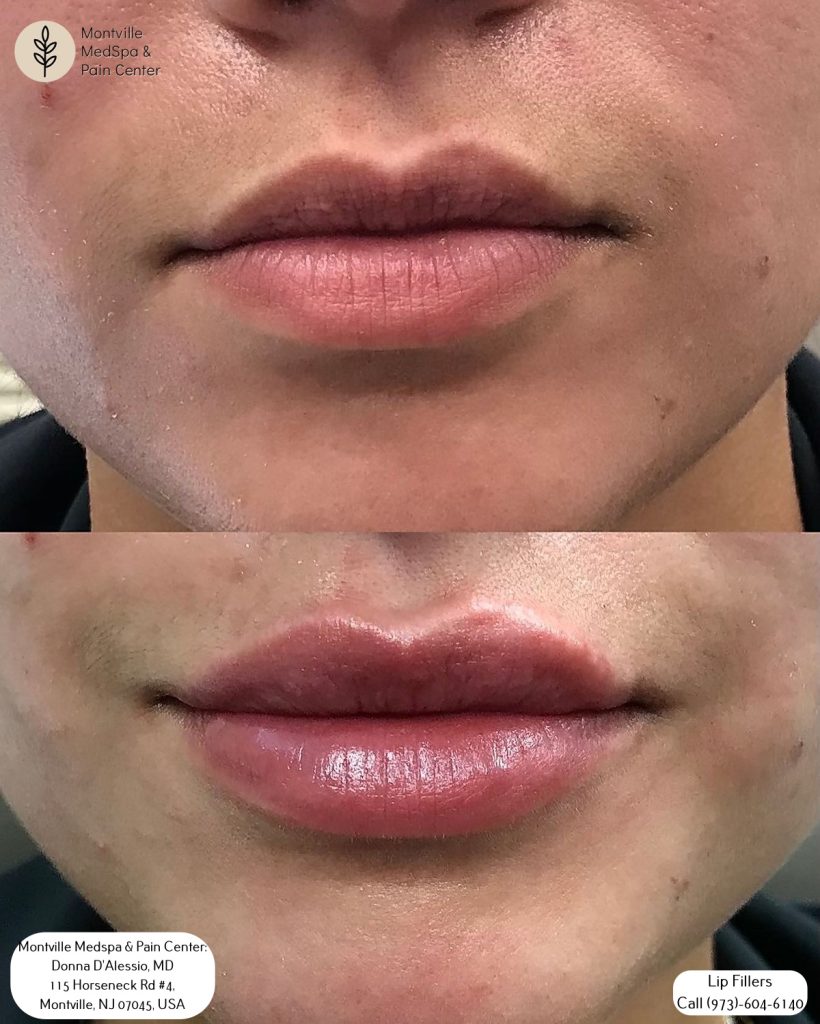
Non-invasive lip plumping methods have minimal risks but also provide only subtle temporary effects. For significant lip enhancement, traditional injectable dermal fillers administered by licensed aesthetic professionals remain the recommended approach.
When properly placed and dosed, quality lip fillers like Juvederm and Restylane safely volumize and accentuate the lips with dramatic yet natural-looking results that can last 6-12 months. Avoid unproven non-injectable methods that risk uneven effects or damage.
Consult board-certified providers to determine if you are a candidate for lip fillers. Discuss your aesthetic goals and tolerance for procedures. Experienced aesthetic professionals can advise you on the safest, most effective options to help you achieve your ideal lips.








